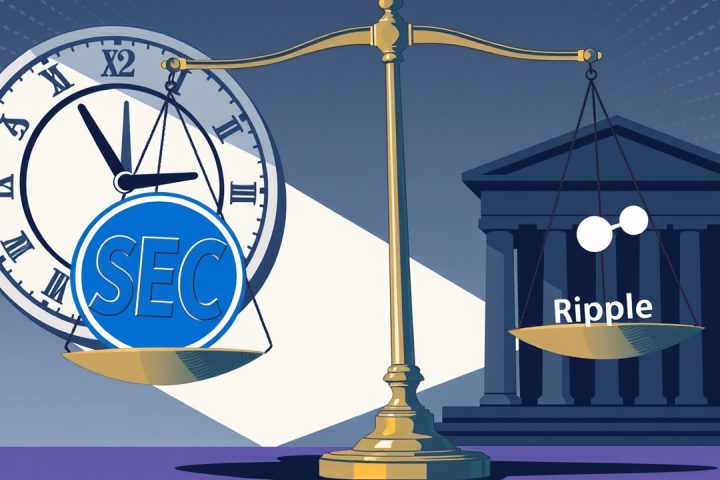Introduction of Euro-Pegged Stablecoin
A consortium of prominent European banks has announced its collaboration to introduce a stablecoin pegged to the euro, designed in accordance with the EU’s Markets in Crypto-Assets (MiCA) regulations. This initiative, spearheaded by ING from the Netherlands and UniCredit from Italy, involves a total of nine banks that aim to establish the euro-based digital currency. According to a press release from ING on Thursday, the launch of this stablecoin is anticipated in the latter half of 2026.
Goals and Strategic Importance
The primary goal of this project is to position the euro as a reliable payment mechanism within the burgeoning digital landscape, acting as a local alternative to the prevailing US-dominated stablecoin market. This move is also aimed at enhancing the European Union’s strategic independence in the realm of digital payments.
Consortium Members
The consortium includes notable institutions like CaixaBank from Spain, Danske Bank from Denmark, Raiffeisen Bank International from Austria, KBC from Belgium, SEB from Sweden, DekaBank from Germany, and Banca Sella from Italy, with the new venture being headquartered in the Netherlands, the location of ING.
Future Prospects and Features
The consortium expressed a readiness to welcome more banks into this stablecoin initiative, as they work towards providing “near-instant, low-cost payments and settlements” available around the clock for cross-border transactions. In addition, the stablecoin is expected to facilitate programmable payments and enhance supply chain management by enabling various digital asset settlements, including cryptocurrencies and securities.
Expert Insights
Florist Lugt, who leads ING’s digital asset division and represents the project, emphasized that digital payment solutions are vital for the evolution of euro-denominated payment systems and the financial infrastructure of the market. He urged that a unified approach across the banking sector is crucial for the success of this endeavor.
Context and Implications
This announcement comes just as the European Central Bank’s Executive Board member Piero Cipollone assessed that the European digital euro is not likely to materialize until 2029. As the European Parliament prepares to outline a framework for a central bank digital currency (CBDC) by May 2026, some observers have termed the introduction of this stablecoin as a potential indicator of the delay in the realization of the digital euro.
There are differing opinions about whether the proposed stablecoin could act as a practical substitute for a CBDC, which is traditionally managed by a central bank. This trend isn’t limited to Europe; for instance, in early 2025, the Trump administration opted to prohibit the development of CBDCs in the United States, instead promoting the use of US dollar-pegged stablecoins as a cornerstone of its monetary policy.




